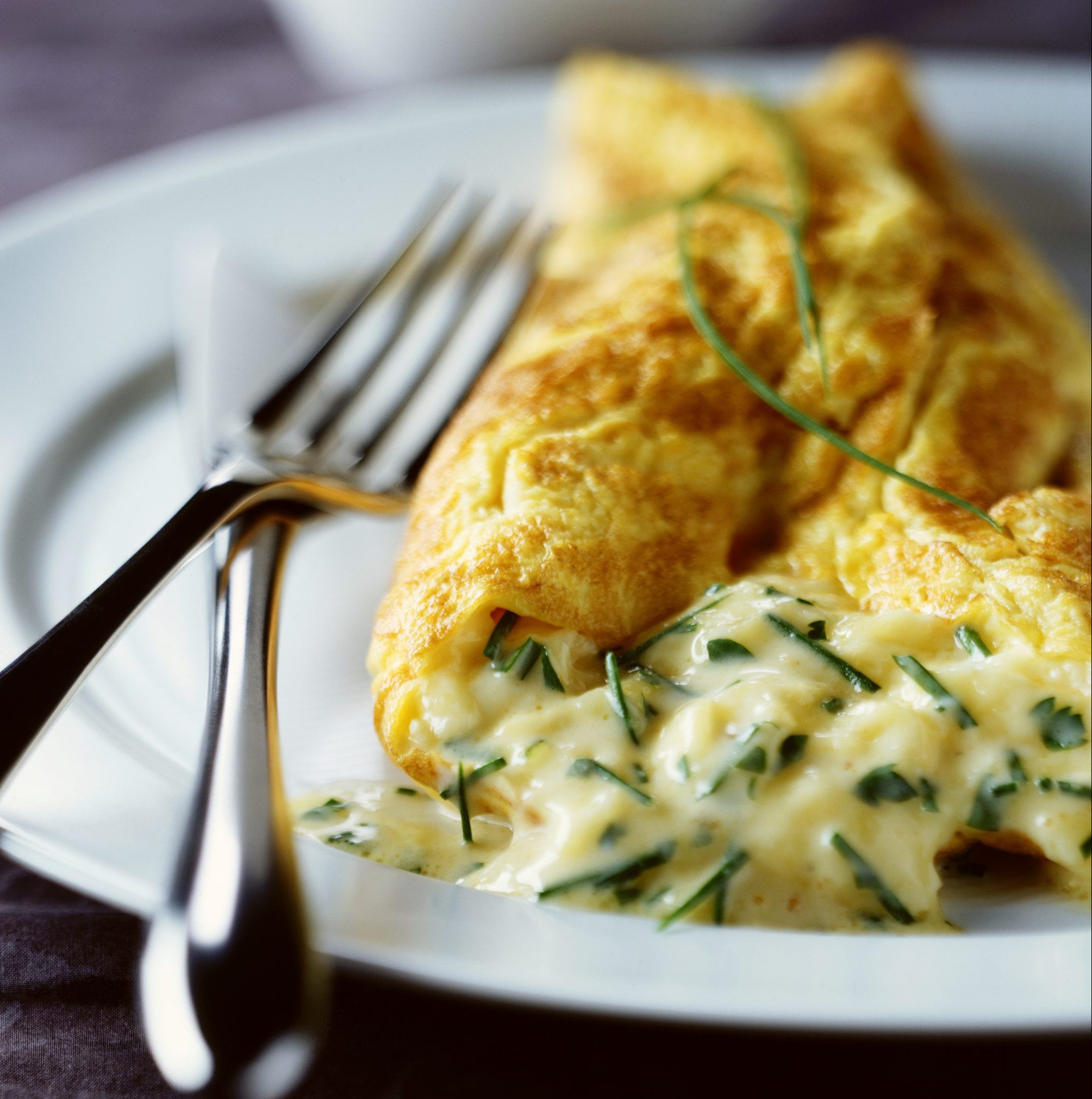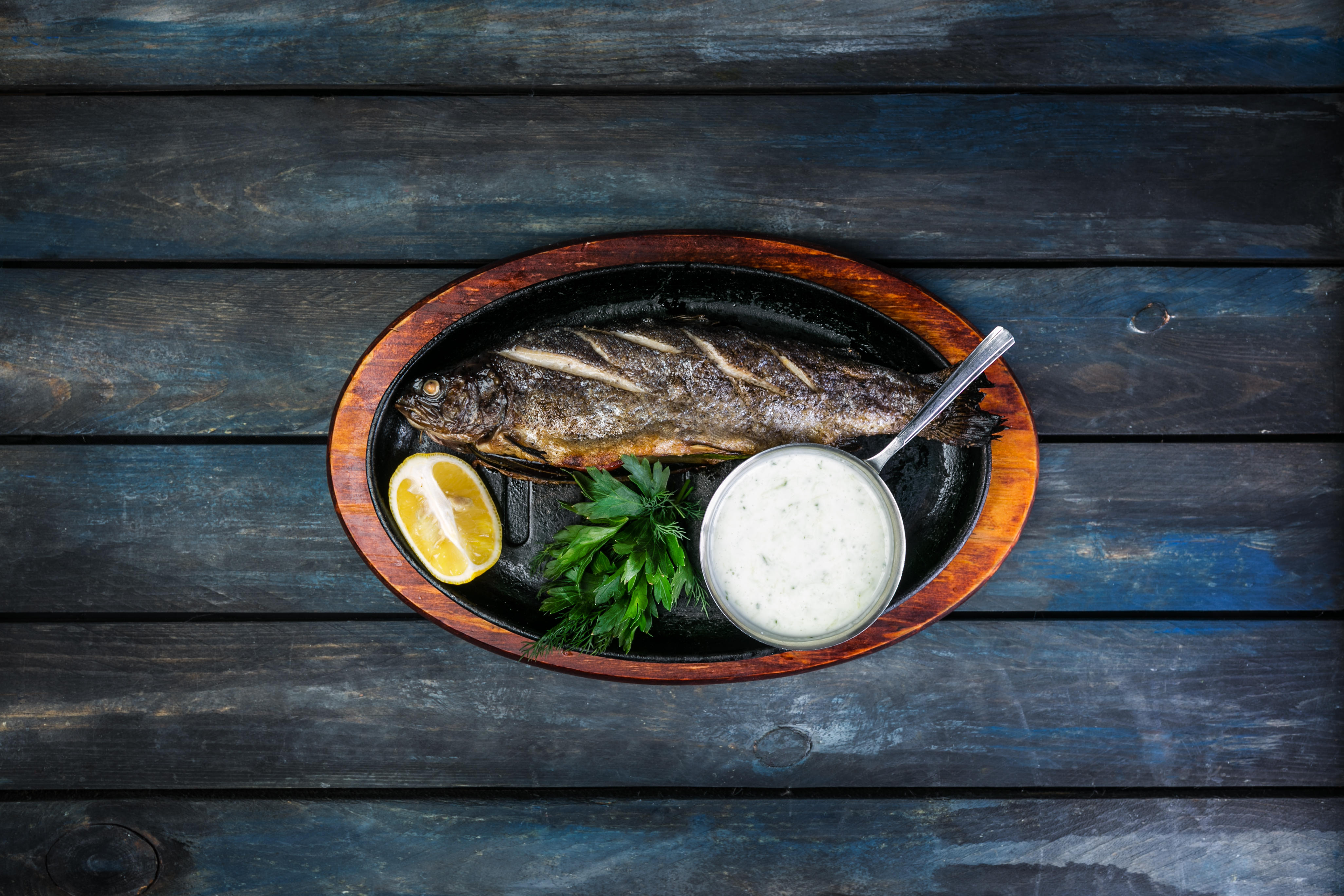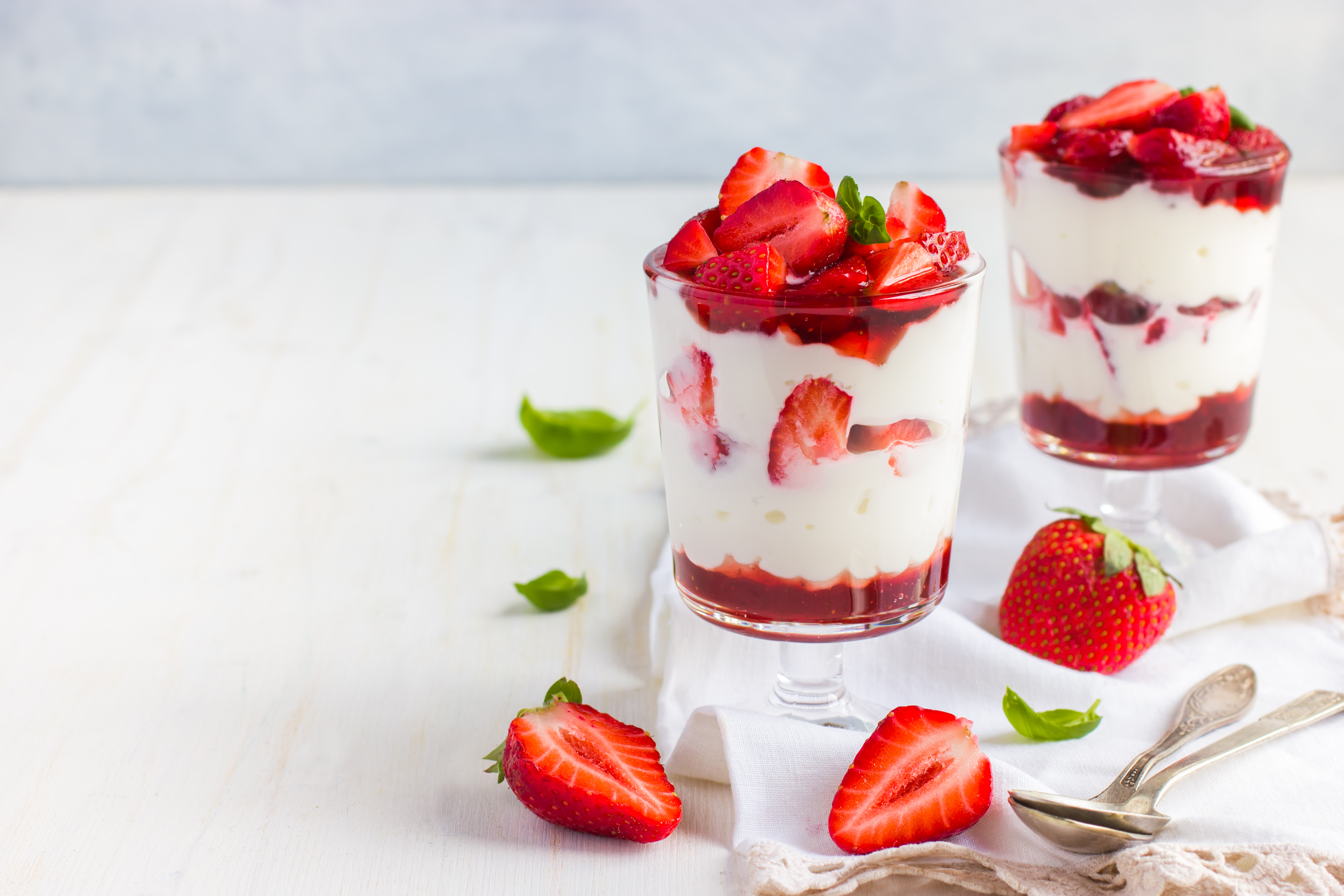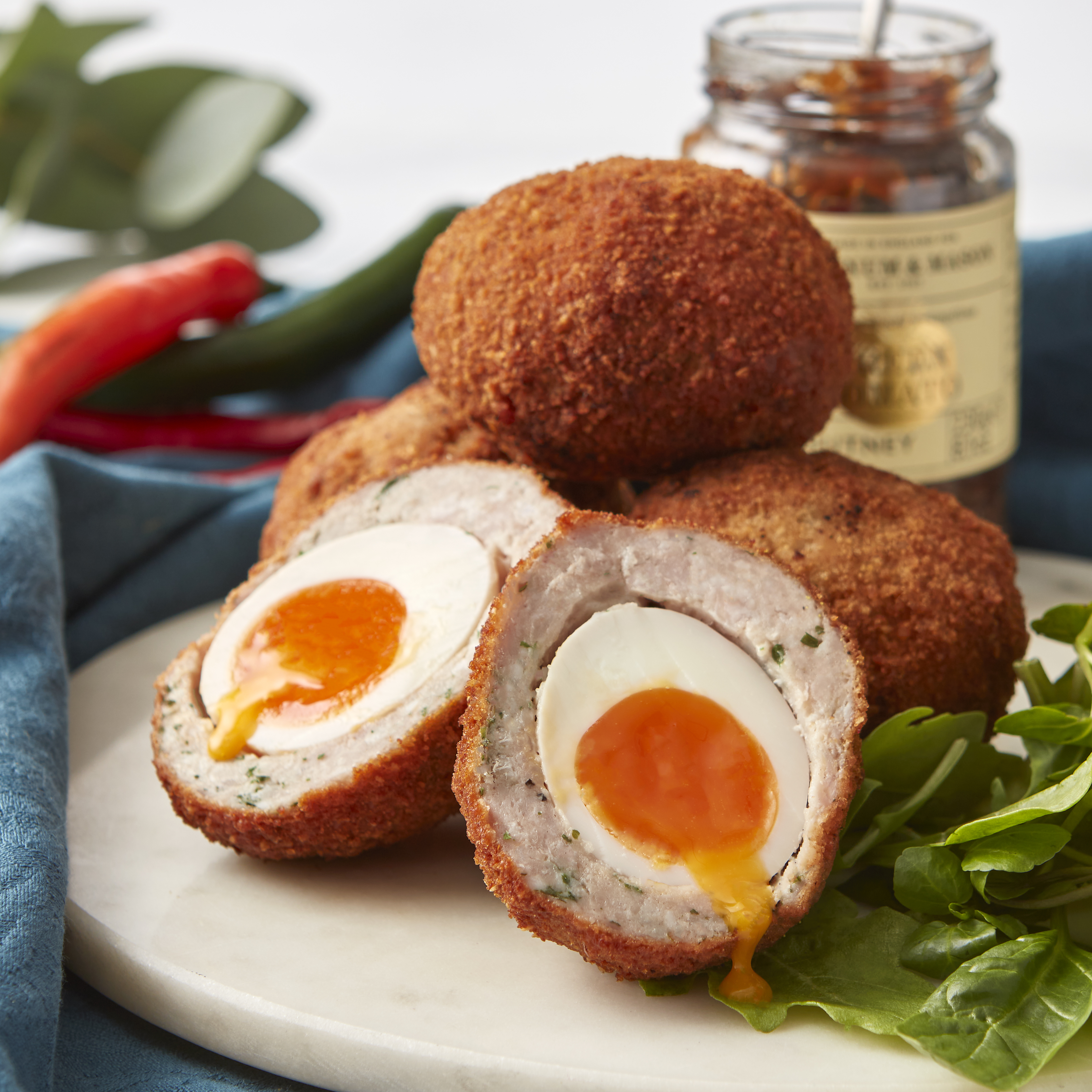The dish that's as simple as it is brilliant: Tom Parker-Bowles on omelettes, and his ultimate omelette recipe
On omelette takes minutes to make, but a lifetime to master — and practice may eventually make perfect, hopes Tom Parker Bowles.


There was once a French cook, Madame Poulard, who was famed for the magnificence of her omelettes. The restaurant was in Normandy, but people would traverse seas, oceans and continents, simply for one mouthful of her puffy, burnished beauties. Try as they might, no one could prise the recipe from her well-seasoned hands. What was it that made her omelettes quite so legendary? A secret splash of water, a sly glug of double cream, even a smidgin of foie gras? The truth, when it eventually emerged, was none of the above. ‘I break some good eggs in a bowl,’ she said, ‘and I beat them well. I put a good piece of butter in the pan, I throw the eggs into it and I shake constantly.’ That, she declared, was it.
Simplicity can be deceiving, as the omelette is one of those dishes that takes minutes to make, but a lifetime to master. I’ve been cooking them up weekly for many years (an omelette with a crisp green salad is something of a Sunday-night ritual) and have a dedicated non-stick pan. Yet, despite this, I still haven’t quite got it right. I like them runny in the middle and always seem to end up with a little of the inside oozing messily across the plate. Hey ho. The presentation may be lacking, but the taste is divine.
Chef Rowley Leigh is an omelette master who honed his skills early, flipping dozens every day at Joe Allen in Covent Garden, London WC2. He agrees you want a decent pan, either cast iron or non stick, about 7in wide with a flat base and sloping sides. The eggs should be ‘well beaten, but not thrashed’. You’ll find his recipe below. He does make it sound easy, but, as I said, practice very much makes perfect. I’m a sucker for cheese (preferably grated Gruyère or Comté, half added to the egg mix, the other half sprinkled before you fold), but Mr Leigh is a purist, preferring the classic omelette aux fines herbes.

Although the dish may seem as French as Jacques Tati’s Monsieur Hulot and his eternally unfunny misadventures, it actually has its roots in the Middle East — possibly Persia — with kookoo, a thick, substantial and herb-heavy concoction that’s more similar to a Spanish tortilla or Italian frittata than the French version. The classic omelette, however, is certainly nothing new. ‘The concept of frying beaten eggs in butter in a pan is as simple as it is brilliant,’ noted food historian Alan Davidson — and has probably been around in Europe since the Middle Ages.
Whatever the truth, the omelette really is the most democratic of dishes. It’s a fairly reliable test of any kitchen, too, be it old-fashioned caff, St James’s club or bustling brasserie. Elizabeth David was a fan: ‘What one wants is the taste of the fresh eggs and the fresh butter and, visually, a soft, bright, golden roll plump and spilling out a little at the edges.’ Magnifique. The legacy of Madame Poulard lives on.
Recipe: Omelette fines herbes
This recipe comes from Rowley Leigh’s A Long and Messy Business, one of my favourite books by one of our great chefs. ‘One tip,’ he writes, ‘although an omelette does indeed cook incredibly quickly, many people panic and try to shake it and turn it too soon. All this activity can stop the omelette from cooking. It is also worth knowing that it will not colour in the early stages and it is only towards the end that it is important to turn and agitate the omelette.’
Ingredients
Serves 1
Sign up for the Country Life Newsletter
Exquisite houses, the beauty of Nature, and how to get the most from your life, straight to your inbox.
- 3 fresh eggs
- Salt and black pepper
- Oil, for cooking
- 10g butter
- A few sprigs of parsley, chervil, tarragon and chives
Method
Pick and wash the parsley leaves, then chop all the herbs: the parsley and the chives should be chopped quite finely, whereas the chervil and tarragon should be roughly chopped so as not to bruise them or damage their flavour.
Thoroughly whisk the eggs in a bowl with a fork or whisk so that yolk and white are completely integrated. Season with a small pinch of salt and a little freshly ground black pepper and add the herbs.
Heat the pan with the merest film of cooking oil with the suspicion of a heat haze. Add the butter and quickly, before it has a chance to burn, pour in the eggs. Do nothing for 30 seconds, apart from keeping the pan over a high heat, and wait until the eggs start to bubble up. At this point, scrape around the sides of the pan with a wooden spoon or fork and then, holding the pan slightly angled away from you and pushing it in that direction, give it a sharp jerk back towards you so that the raw mixture at the back is tossed back down to the bottom. Do this two or three times, making sure none of the mixture is sticking to the bottom of the pan.
When the mixture is still soft and runny, hold the pan at an angle away from you and give it a sharp knock on the stove so that the omelette slips down towards the edge of the pan. Roll the mixture from the side nearest to you down towards the opposite edge and then, inverting the pan, roll the omelette right out of the pan onto a plate.

How to eat seasonally in June, by Tom Parker Bowles
Tom Parker Bowles sings the praises of everything from gooseberries to globe artichokes as he looks at how to eat

Credit: Getty Images/iStockphoto
How to eat seasonally in July, by Tom Parker Bowles
The chef and food writer Tom Parker Bowles on the culinary highlights of July, from artichoke to watercress — plus a

Credit: James Warwick/Getty Images
'Milk, butter, eggs and honey provide a healthy variety with which industrially processed, plant-based food can’t compete'
Country Life's columnist Agromenes believes the tide of public opinion is turning against vegetarian and vegan alternative foods.

Scotch eggs: Tom Parker Bowles on the delights of this 'absolutely magical thing'
The jury is out as to whether the humble Scotch egg is a snack or a ‘substantial meal’. Either way,

How to make cheat’s Eggs Benedict, by The Goring’s Shay Cooper
We all love Eggs Benedict when we're staying somewhere lovely – but it always seems too much like hard work to
Tom Parker Bowles is food writer, critic and regular contributor to Country Life.

